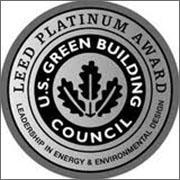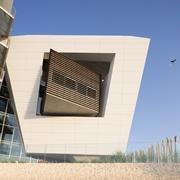What is Green Building
The buildings we construct are responsible, more than any other singular factor, to the consumption of the Earth's resources and the generation of waste and polluting emissions. 40-50% of consumption of raw materials globally, 30-40% of energy consumption, 25% of deforestation, 17% of drinking water consumption, some 55% of waste and 30% of greenhouse gas emissions are all related to construction and the use of buildings.
Green Building and its principles aim to minimize the impact of buildings on the environment as much as possible. Designers of green buildings seek to use modern knowledge and technologies in order to create a sustainable environment, which provides the needs of the contemporary generation without harming the existence and needs of future generations. The key to green building is in architecture that is considerate of the users' needs, health and welfare, integrated in planning that addresses environmental conditions, and strives to consume resources intelligently.
Green building is interdisciplinary by nature, and addresses varied aspects of the construction, design, operation and environmental development. The planners of a green building would normally address a spectrum of components, such as: energy efficiency, water use efficiency, addressing runoff, project site selection, building density, development of unconstructed spaces on site, usage of green materials in construction, as well as the quality of life of future inhabitants: natural light, landscape, ventilation of internal spaces etc.




